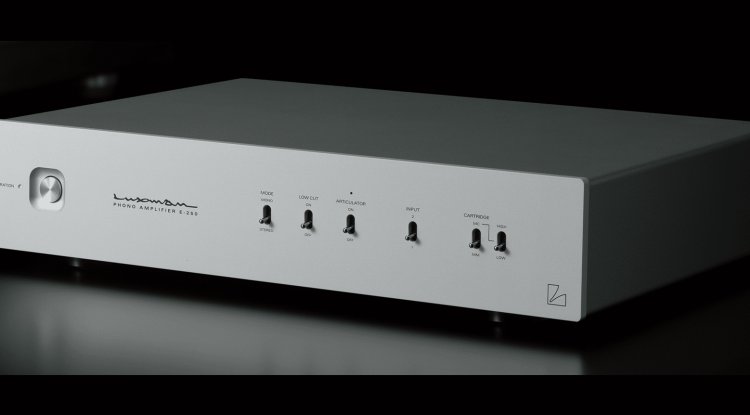Google Pixel 7 Camera: Software Upgrades

The camera hardware of future smartphones will be mostly identical to the current generation, which, we must say, we expected. Previously, Google used the Sony IMX363 12-megapixel sensor from the second to fifth-generation Pixels.
However, the corporation's smartphones have become a kind of measure of the quality of mobile photography; in the past few years due to the constant improvement of algorithms, proving that the power is in the software.
Now the choice has fallen on the Samsung GN1 of 50 megapixels. Reportedly, Google will again offer 50 MP and 12 MP sensors in Pixel 7, changing only the software component and finalizing the neural networks that the company has been focusing on lately.
If we talk about the Pixel 7 Pro, then it should have a triple camera, where the third sensor is a 48 MP telephoto lens.
Apparently, Google will try to get the most out of the "hardware" and raise the quality of photos to a new level. The announcement of the Google Pixel 7 series is expected in the fall of this year and it is expected that both smartphones will get OLED screens, but the basic version will have a diagonal of 6.3 inches, while the Pro version will have 6.7 inches.
The smartphones will run on their own second-generation Tensor chip.
The Pixel 6 Tensor SoC for smartphones turned out to be unique in its class as it features two Cortex-X1 cores. Neither Qualcomm nor MediaTek have such an SoC. But according to rumors, Google is already working on a new generation of SoC.
The code tag Cloudripper was found in the Pixel 6 firmware code, which is the code name for the test platform for potential Tensor 2, as it has the abbreviation GS201. The test platform for the current Tensor SoC, we remind you, had the code number GS101, writes GizmoChina.
What will be Tensor 2 is a big question. But if the company sticks to the current architecture, then the Tensor 2 could get two Cortex-X2 super-cores, while Qualcomm and MediaTek’s next-generation high-end platforms will have one each.





























